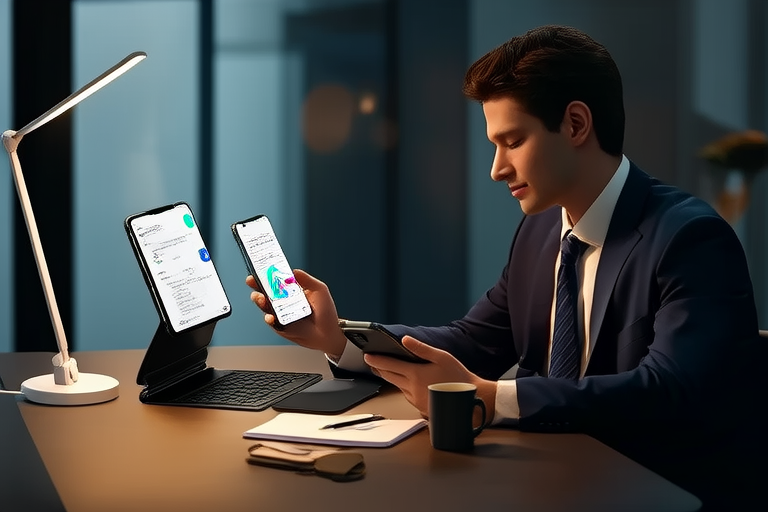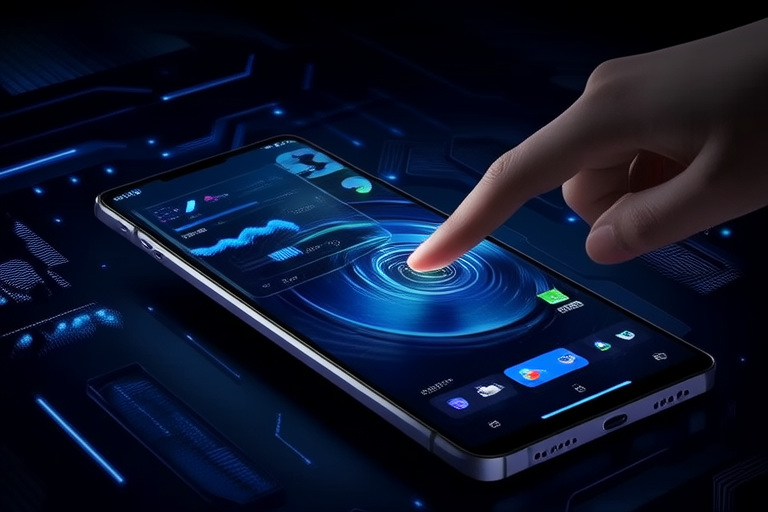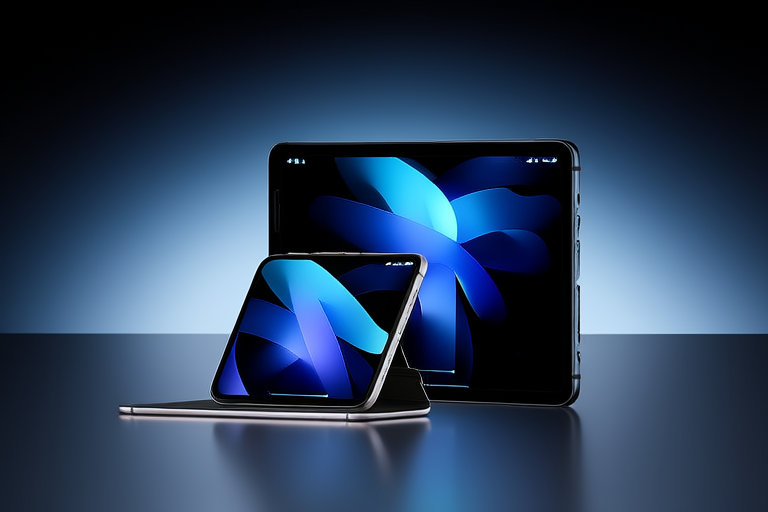“`html
Maximizing Productivity: Best Practices for Using Both Smartphones and Tablets
Introduction
In today’s fast-paced world, maximizing productivity has become more crucial than ever. With the rise of remote work and digital collaboration, smartphones and tablets have emerged as indispensable tools for staying productive. However, to truly harness their potential, it’s essential to use these devices efficiently. This article provides practical tips and best practices that you can implement immediately to enhance your productivity when using both smartphones and tablets.
Section 1: Optimizing Smartphone Productivity
Subsection 1.1: Efficient App Usage
The first step toward optimizing smartphone productivity is curating your apps. Instead of cluttering your phone with numerous apps, focus on those that serve essential tasks. Organize your app icons into folders to keep your home screen clean and accessible. For instance, create folders for categories like ‘Productivity,’ ‘Communication,’ and ‘Entertainment.’ This organization helps reduce decision fatigue and makes it easier to locate the apps you need quickly.
Subsection 1.2: Leveraging Notifications
Notifications can either boost productivity or become a significant distraction. To manage them effectively, start by disabling non-essential notifications. Many apps offer settings where you can choose which actions trigger a notification. Additionally, prioritize alerts from important contacts or tasks. For example, set your email client to notify you only when messages come from specific senders or contain certain keywords. This way, you can stay focused on your work without being interrupted by less critical updates.
Subsection 1.3: Utilizing Built-in Tools
Your smartphone comes equipped with several built-in tools designed to enhance productivity. Voice assistants, such as Siri or Google Assistant, allow you to perform tasks hands-free, making them ideal for multitasking. Quick note-taking features enable you to jot down ideas instantly, ensuring nothing slips through the cracks. Moreover, smart widgets provide at-a-glance information about your calendar, weather, or news, helping you stay informed without leaving your home screen. Customize these tools based on your personal needs to maximize their utility.
Section 2: Enhancing Tablet Productivity
Subsection 2.1: Multi-tasking and Split-Screen
Tablets offer unique advantages for productivity, particularly through their ability to support multi-tasking. Utilize split-screen mode to open two applications simultaneously, allowing you to switch between them seamlessly. For instance, you could draft an email while referencing notes from another document. Additionally, many tablets support multi-window functionality, enabling you to run multiple instances of the same app side by side. These features facilitate efficient workflow management, saving time and increasing productivity.
Subsection 2.2: Ergonomic Considerations
The larger screen size of tablets makes them suitable for extended work sessions. However, prolonged use can lead to discomfort if proper ergonomics aren’t considered. Invest in a comfortable chair and adjust its height so that your feet rest flat on the floor. Position your tablet at eye level to prevent neck strain. Consider using a tablet stand or dock to maintain an ergonomic posture during long periods of typing or drawing. By adopting these practices, you can enjoy the benefits of tablet productivity without compromising your health.
Subsection 2.3: Expanding Storage and Performance
To ensure optimal performance, optimize your tablet’s storage and processing power. Regularly delete unused files and apps to free up space. Use cloud-based storage solutions like Google Drive or Dropbox to store large documents off-device. External hard drives or SD cards also provide additional storage options. Enhance your tablet’s capabilities with productivity-focused accessories such as keyboards and styluses. A keyboard enables faster typing, while a stylus offers precision for drawing or annotating PDFs. These additions transform your tablet into a versatile workstation capable of handling complex tasks.
Section 3: Integrating Smartphones and Tablets
Subsection 3.1: Seamless Data Sync
Syncing data between your smartphone and tablet ensures consistency across platforms. Cloud-based solutions like iCloud, OneDrive, or Google Drive facilitate seamless synchronization of files, contacts, calendars, and other data. Configure automatic backups to save time and reduce manual intervention. By keeping your devices synchronized, you can access the information you need regardless of which device you’re using. This integration enhances flexibility and streamlines your workflow.
Subsection 3.2: Cross-device Collaboration
Collaboration across devices can significantly improve efficiency. Use shared file systems or project management tools that support cross-device access. For example, Google Workspace allows multiple users to edit documents concurrently from different devices. Similarly, Trello or Asana enables team members to track progress and assign tasks seamlessly. Real-world examples include remote teams using video conferencing apps on smartphones and tablets to conduct meetings while accessing shared documents via cloud storage. This integration fosters better communication and coordination, leading to more effective outcomes.
Conclusion
In summary, maximizing productivity requires leveraging the full potential of both smartphones and tablets. By curating apps, managing notifications, utilizing built-in tools, embracing multi-tasking, considering ergonomics, expanding storage, and integrating devices, you can significantly enhance your productivity. Experiment with various techniques to discover what works best for you. Remember, continuous improvement is key to staying ahead in our increasingly digital world.
“`




